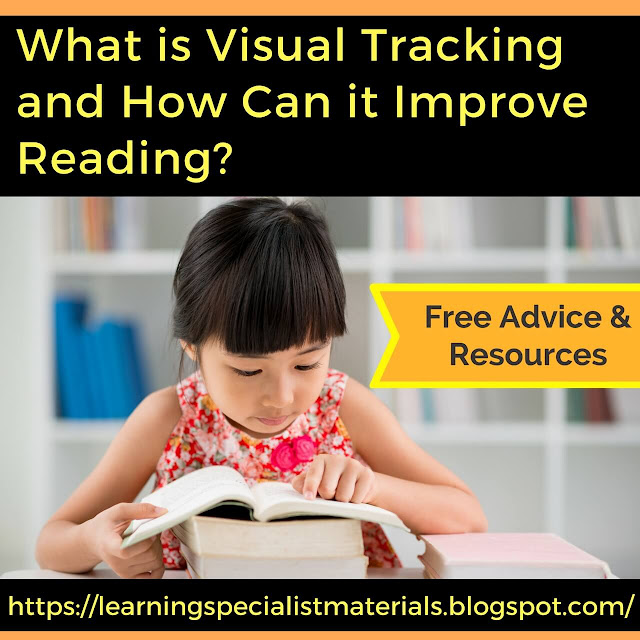This week I wanted to tell you about my online store, Good Sensory Learning. I’m Dr. Erica Warren, and I established this site so I could share all the materials that I have created over the last 20+ years as a learning specialist and educational therapist. When I first began my private practice, Learning to Learn, I had great difficulty finding fun and multisensory materials for my students that were effective and engaging. So back in 2005, I made it my mission to design and distribute high-end, remedial products as well as memorable, motivating lessons that bring delight to learning. If you would like to try a free sampling of my activities , CLICK HERE . How Are the Products Organized at Good Sensory Learning? You can download my Free Printable Catalog or you can browse the site using the grey “search all products” bar in the top right of any page with keywords such as dyslexia, working memory, and executive functioning. What’s more, drop down menus in the red banner allow you t...
Many students have difficulties reading text from left to right and from line to line. Although some outgrow this difficulty, other's need extra help to develop this skill.

Yes, my Reversing Reversals series helps to develop tracking as well as other important visual processing and cognitive skills. Each product page offers a free sampling of activities!
Cheers, Erica
Dr. Erica Warren is the author, illustrator, and publisher of multisensory educational materials at Good Sensory Learning and Dyslexia Materials. She is also the director of Learning to Learn and Learning Specialist Courses.
· Blog: https://learningspecialistmaterials.blogspot.com/
· YouTube Channel: https://www.youtube.com/user/warrenerica1
· Podcast: https://godyslexia.com/
· Store: http://www.Goodsensorylearning.com/ & www.dyslexiamaterials.com
· Courses: http://www.learningspecialistcourses.com/
· Newsletter Sign-up: https://app.convertkit.com/landing_pages/69400

What Exactly is Tracking?
Tracking is the ability to move one's eyes smoothly across the page and from one line of text to another. Problems can arise such as eye fatigue, word omissions, reversals, losing one's place while reading and most importantly these difficulties can negatively impact reading comprehension.
Tracking can be improved by strengthening eye muscles as well as getting the eyes and brain to work together. There are three eye movements that need to be developed:
- Fixations: ability to hold one's eyes steady without moving off a target.
- Pursuits: ability to follow a moving target with one's eyes.
- Saccades: ability to jump to new targets that randomly disappear and reappear in a different location.
- Use colored overlays to read books to assist with the tracking of eyes from one line of text to another.
- Watch others play ping pong. Sit beside the middle of the table and keep your head still. Then, watch the ball travel by moving your eyes back and forth.
- Get a book but only read the first word and the last word in each line. Continue down the page. Use a timer and try to increase speed. If reading is difficult, just read the first and last letter on each line of text.
- Go to Eye Can Learn and do eye tracking exercises.
- Watch a metronome
or crystal pendulum. Place the metronome or pendulum about 1-2 feet from your face, keep your head stable and watch the swinging metronome or pendulum.
- Keep your head steady and watch a laser pointer sweep across the wall: go up, down, left, right and diagonally.
- Use Apps like Voice Dream Reader that highlight the words while it reads the text. You can also use their "Pac Man mode" that erases the words as they are read. This forces the brain to track in a fluid manner.
- Pick a common letter of the alphabet or word such as "the." Select a reading and scan through the lines circling the letter or word every time they see it.
- Read out loud to yourself or someone else. This helps the eyes and brain to work in sync.
- Play online ping pong, tennis or badminton such a Tennis for You.
Yes, my Reversing Reversals series helps to develop tracking as well as other important visual processing and cognitive skills. Each product page offers a free sampling of activities!
Cheers, Erica
Dr. Erica Warren is the author, illustrator, and publisher of multisensory educational materials at Good Sensory Learning and Dyslexia Materials. She is also the director of Learning to Learn and Learning Specialist Courses.
· Blog: https://learningspecialistmaterials.blogspot.com/
· YouTube Channel: https://www.youtube.com/user/warrenerica1
· Podcast: https://godyslexia.com/
· Store: http://www.Goodsensorylearning.com/ & www.dyslexiamaterials.com
· Courses: http://www.learningspecialistcourses.com/
· Newsletter Sign-up: https://app.convertkit.com/landing_pages/69400

Comments
Post a Comment